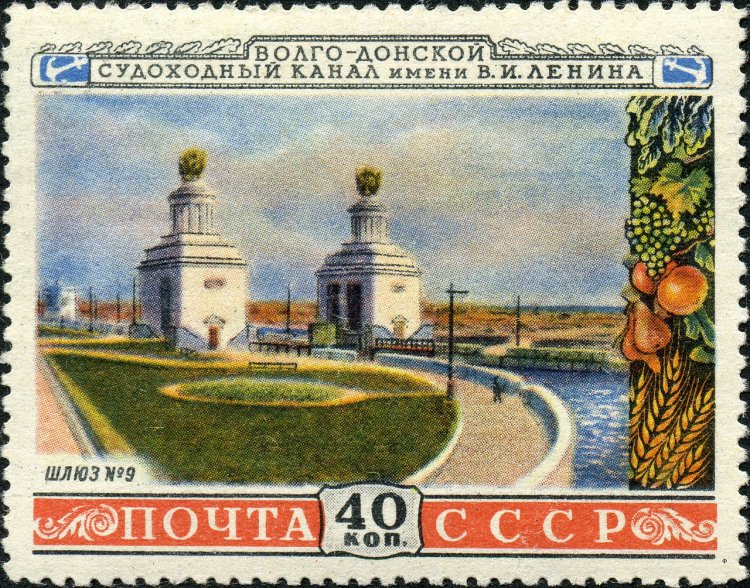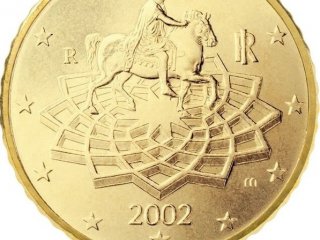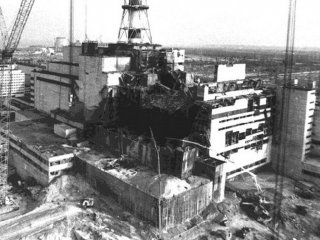
The idea of crossing from Don to Volga or from Caspian into the Black Sea excited rules from antiquity. The Persian king Darius I, Alexander the Great, the Russian prince Svyatoslav Igorevich all had dreams about a canal. Turkish sultan Selim II was the first who actually tried to excavate a real ditch on the terrain but he stepped back from his proposal, proclaiming: “All the Turkish people won’t be enough to accomplish that in a hundred years.” Then Peter the Great took a try – he dreamed of connecting all the major seas around European Russia. But he too had little luck: even though excavation works began, they were abandoned soon. By 1917 there were thirty projects of a Volga-Don canal, both Russian and foreign (including a project by none other than Gustave Eiffel of the tower fame). Actual work began under Stalin, for he had a free supply of labor in the form of ZK, the Russian abbreviation for, “prisoners’ canal construction corps.” The word which a somber symbol of the era owes itself to canals (including the White-Baltic Sea Canal). Volga-Don was also built by ZKs although by then their labor had been mechanized. Published in 1958, the Waterway Traveler’s Guide proudly reported that the great construction was supported by 4,200 vehicles, about 500 tractors and many other earth-moving machinery. The same Guide reports that “labor productivity at Volga-Don was two and a half times higher than during the construction of the Moscow Canal,” and eight times higher than when the White-Baltic Sea Canal in honor of Stalin was built.
After excavating more than 150,000,000 cubic meters of soil in four years and laying almost 3 million cubic meters of concrete, a 101 kilometer long canal with 13 locks was built. On May 31 1952, at 13:55, Volga and Don waters mixed together between the first and second locks. Now let’s set sail! Just about anywhere, even from Kerch to Vologda as in Ostrovsky’s comedy – for the construction of the Volga-Don canal heralded the completion of a single waterway network linking together all five seas of European Russia.
























